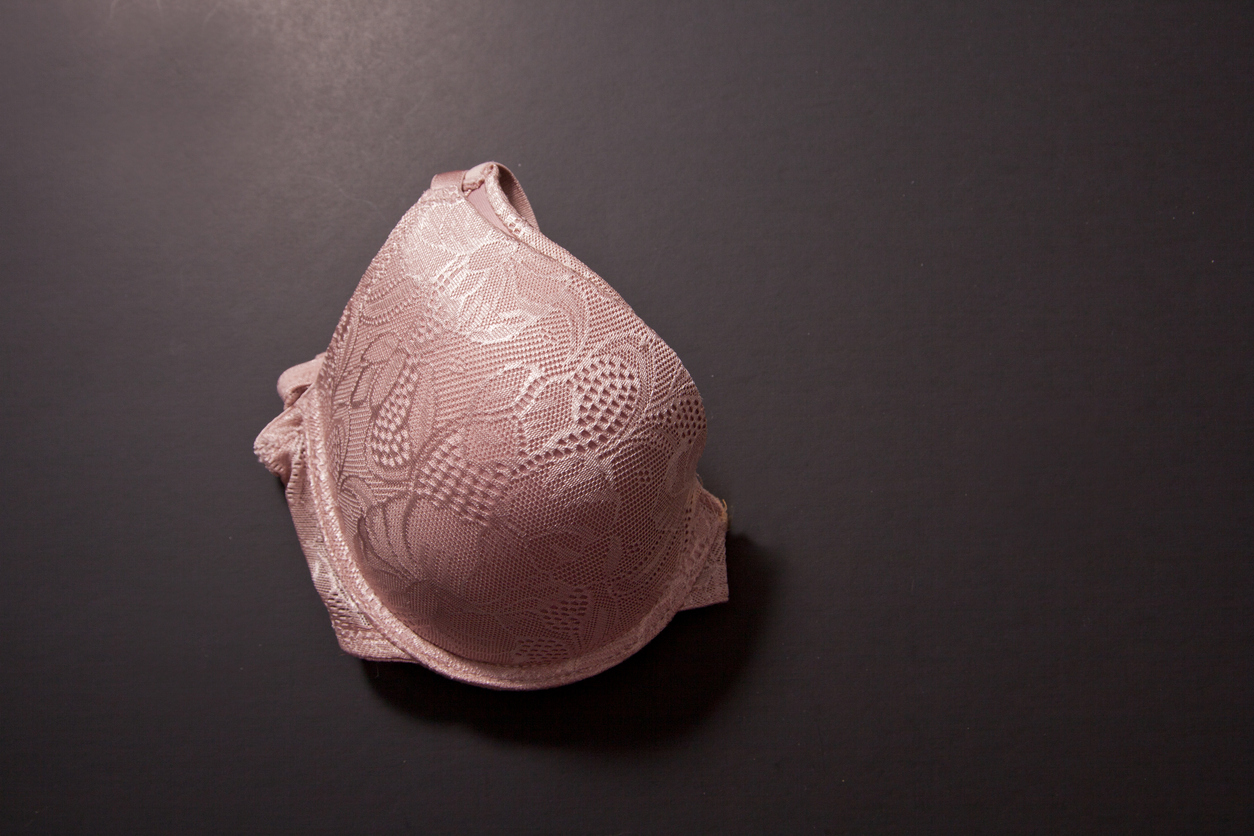The prospect of a mastectomy is a daunting one. Whether you’re having breast reconstruction simultaneously or not, you’ve already devoted hours of your life to researching the surgical process and talking over your concerns with your breast cancer surgeon in Austin. You’ve made plans for childcare and have someone to drive you home from the hospital, but there is nothing that fully prepares a person for a mastectomy. How do you carry on life after a mastectomy?
They Aren’t Just Breasts
The reaction to having a mastectomy is unique to every woman. Regardless of your situation, your body will not look like your body anymore. The figure and form that you’ve become so used to will appear fundamentally altered, and it is okay to mourn that loss.
Women who choose to delay or forgo reconstruction after radical, bilateral mastectomies often realize for the first time just how much tissue was removed, not just from their chest, but their sides and part of their back as well. Their children can no longer lay their heads upon their mother’s chest without causing her pain. Their loss is real.
Women who choose to immediately undergo reconstruction wake up to breasts that are not the same shape, size, or texture as their own. In the case of women who have a latissimus dorsi fold, an entire muscle has been pulled from their back and wrapped around to the chest. Their breasts are swollen and scarred, nothing like what they were before. Their loss is real.
At Breast Health Institute Austin, founder Dr. Darlene M. Miltenburg guides seven hundred patients a year through this difficult process with the full realization of the emotional burden that accompanies the physical surgery. For that reason, Dr. Miltenburg structurally pairs her medical expertise with an empathetic approach to patient care. Where can patients turn after a mastectomy?
What to Wear After a Mastectomy
One of the most important steps you can take towards healing is to provide yourself with appropriate self-care after a mastectomy. Keep in mind that the surgery will severely limit the range of motion in your arms, so you should arrange to have someone to help you wash your hair after your initial surgery and then help you put it up to reduce required washes.
Self-care should also extend to your wardrobe. Not only will most of your clothes be nearly impossible to put on after a mastectomy, but they are unlikely to be equipped to deal with surgical drains and the tenderness of your post-surgery body. Both HealthiNation and Everyday Health provide comprehensive guides for dressing after a mastectomy, but here are the key things to keep in mind.
1. Front Closures and Zippers
Immediately after a mastectomy, it will be practically impossible for you to lift your arms over your head or around to your back. Therefore, make sure any bras and clothing that you wear can be completely fastened in the front without ever having to put the garment over your head. Being able to dress yourself after surgery is a very slight confidence booster, which can help you feel more like yourself.
2. Secure Your Drains
One of the uglier sides of a mastectomy is the necessity of surgical drains. They serve an important function in helping rid your body of excess fluids, which could cause swelling and deter the healing process. To help keep them in place, you can use a specialized mastectomy belt, purchase some pink pockets, or just find a nice sweater or camisole with interior pockets big enough to fit each drain.
3. Loose Clothing
After a mastectomy, your body is going to be very tender. During this time, it is best to keep fabric from rubbing against your sensitive skin by opting for looser clothing. Shirts with a dropped sleeve are especially helpful, as you won’t experience any chaffing along the side of your breast or armpit.
In addition, choose looser pants over your trusty yoga pants. You will initially experience some weakness in your upper body, so fighting your yoga pants for supremacy at the end of the day will be far more exhausting than usual.
4. Comfortable Slip-On Shoes
As Dana Donofree reminds fellow survivors, you will be on pain medication after surgery, so comfortable and secure shoes are a must. However, you are likely to struggle with reaching far enough to tie tennis shoes. Instead, opt for a loafer or other secure flat to get you through.
5. New Bras/Bralettes
Sadly, this can be the hardest wardrobe renegotiation for breast cancer patients, as it forces them to face just how much their body has changed. However, it is also an opportunity to learn to love your new body. Find beautiful, soft fabrics that make you feel good when you put them on. Avoid underwired bras, and opt for flexibles bras that give you the option to increase or decrease their padding.

